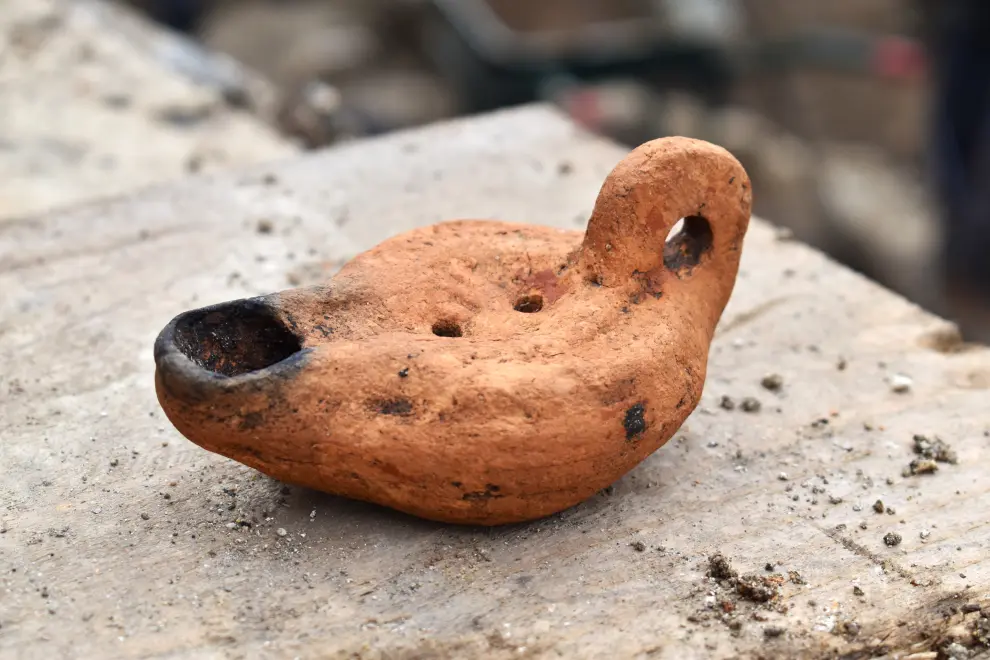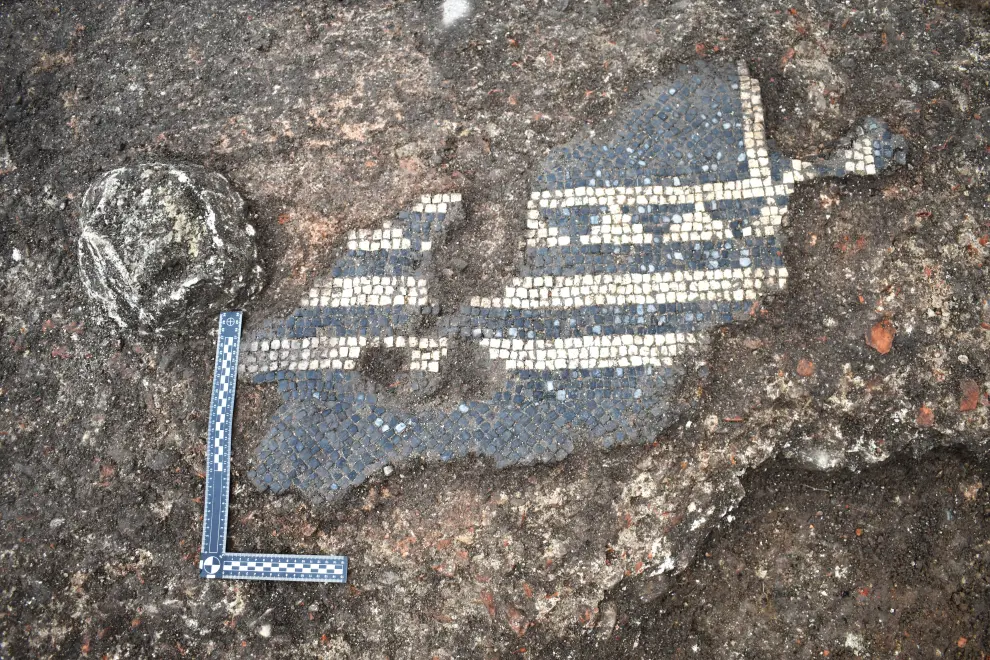Excavations at Drama theatre yield unexpected finds
Archaeologists working on the site of Slovenian National Drama Theatre in Ljubljana in preparation for the planned renovation have found exceptionally well-preserved ruins of the Roman city of Emona, including an insula with a hypocaust and a road.
Although stumbling upon the remains of Emona, the Roman precursor of Ljubljana, is no surprise, the archaeologists say they found them starting from the depths of 70-80 centimetres below ground, which is extraordinary.
"We had expected the first archaeological layer to be 1.5 metres deep," Barbara Nadbath, head of the Centre for Preventive Archaeology at the country's Institute for the Protection of Cultural Heritage, told reporters on 22 November.
While the excavations continue, they have found intact Roman layers from 80 centimetres to 3 metres deep.
The finds at a section where excavations have been completed, dating from the 1st to 4th centuries AD, have been all been documented.
The well-preserved insula (a multi-apartment house) and a decumanus (the east-west oriented road) have also been well researched.
A number of small objects have also been found, including coins, a fibula, ceramic pots, two spoons made of bone, a hairpin made of bone, part of an oil lamp with a mythological motif, a piece of a glass bowl with ribs and a board game token.
 A Roman oil lamp found at the site of Ljubljana Drama theatre. Photo: Aleksandra Saša Prelesnik/AML
A Roman oil lamp found at the site of Ljubljana Drama theatre. Photo: Aleksandra Saša Prelesnik/AML
Head of excavations Maja Lavrič said that they were most surprised how well preserved the outer front of the insula and its foundation are.
The well-preserved wall and all the construction phases enabled them to precisely document the use of the insula, where they found a hypocaust, a heating system.
In the 4th century the area was converted into a glass workshop, so glass waste and melting vessels were found there, but also a large quantity of coins near the kiln.
The archaeologists also came across a very well-preserved Roman cloaca, built during the reign of Emperor Claudius (41-54 AD), when Emona was undergoing an urban renewal.
A floor mosaic of black and white cubes, damaged by the columns of the hypocaust, was also found, and dated to the 4th century.
 A mosaic from the 4th century founbd at the site of the Ljubljana Drama theatre. Photo: Aleksandra Saša Prelesnik/AML
A mosaic from the 4th century founbd at the site of the Ljubljana Drama theatre. Photo: Aleksandra Saša Prelesnik/AML
Lavrič said that such mosaics were typical of the early Roman period but in the 4th century, during Emona's renovation, earlier motifs were typically imitated.
According to Blaž Peršin, director of the Ljubljana City Museum and Galleries, which will keep the finds, they have received over 1,400 items from the Mala Drama site alone.
The theatre's director Vesna Jurca Tadel said she was thrilled to find out at what an interesting part of Emona the theatre was located.
Culture Ministry State Secretary Matevž Čelik Vidmar said the finds proved right the decision to do an archaeological dig in the area around Drama before renovation.
He said the excavations were on schedule, so construction work should start next summer as planned, when the theatre will move to a temporary location in the Šiška borough.


